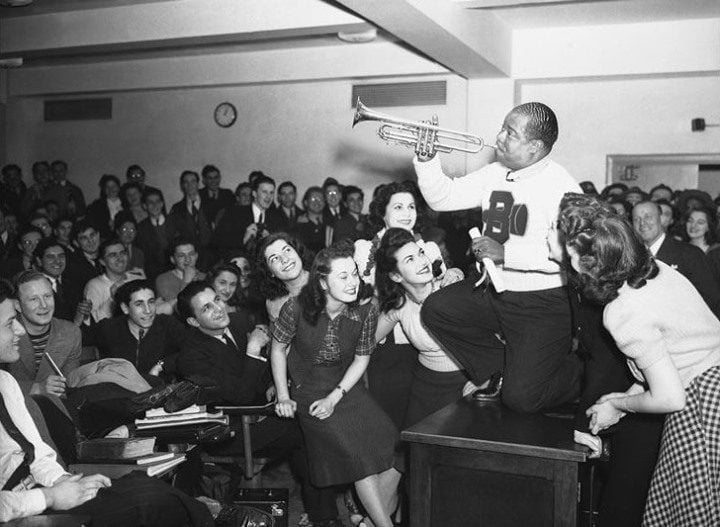To truly understand the mentality of American drug policy during the jazz era, we can look to the words of Harry Anslinger, who led drug policy in America from 1930-1960. “There are 100,000 total marijuana smokers in the U.S., and most are Negroes, Hispanics, Filipinos and entertainers. Their Satanic music, jazz and swing result from marijuana use. This marijuana causes white women to seek sexual relations with Negroes, entertainers and any others.” #coreissue #vilificationofjazz #cannabisprohibition #louisarmstrong #coremuseum #cannabismuseum #socialjusticecannabismuseum #bostonmuseum
To truly understand the mentality of American drug policy during the jazz era, we can look to the words of Harry Anslinger, who led drug policy in America from 1930-1960.
“There are 100,000 total marijuana smokers in the U.S., and most are Negroes, Hispanics, Filipinos and entertainers. Their Satanic music, jazz and swing result from marijuana use. This marijuana causes white women to seek sexual relations with Negroes, entertainers and any others.”
#coreissue #vilificationofjazz #cannabisprohibition #louisarmstrong #coremuseum #cannabismuseum #socialjusticecannabismuseum #bostonmuseum
View on Instagram
Donate to New England’s Only Cannabis Museum






